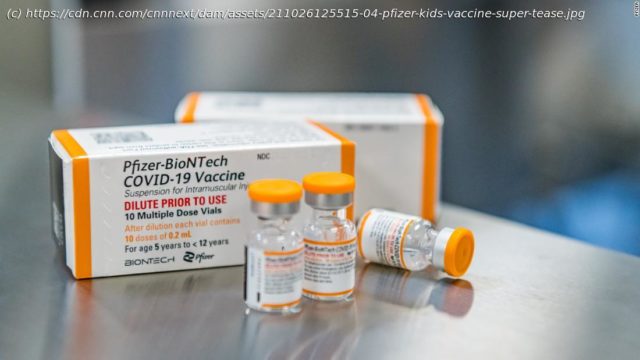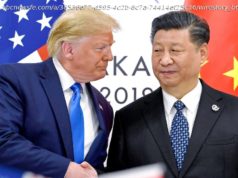The Pfizer/BioNTech’s Covid-19 vaccine that could soon be authorized for younger children still requires two shots given on the same schedule as the vaccine for adolescents and adults — but the doses will be a third of the size.
For 5- to 11-year-olds, Pfizer has requested US Food and Drug Administration authorization for a 10-microgram dose; the dose used for people 12 years and older is 30 micrograms. Moderna this week released initial results for a two-dose Covid-19 vaccine for children ages 6 to 11 that’s half the size of the company’s vaccine for adults. So why is there a difference? And what should parents of 11-year-olds do, especially if the child is approaching 12? Finding the right dosage One goal of vaccine trials for any age is to find the smallest level of antigen — the part that triggers an immune response — to maximize protection without side effects. « We think that we have optimized immune response and minimized reactions, » Pfizer Senior Vice President Dr. William Gruber told the FDA’s vaccine advisers’ Tuesday about the company’s Covid-19 vaccine for younger children. It’s not about the size of the child. Rather, it’s that little kids are still developing, and the immune system weakens with age. « Kids actually tend to have very robust immune responses, » said Dr. Kari Simonsen who has been leading the trial of the Pfizer vaccine at Children’s Hospital & Medical Center in Omaha, Nebraska. « In some cases, they can actually create strong responses to smaller amounts of vaccine antigen. » For some vaccines, adult and child doses can be the same, but in other cases, like with the hepatitis A vaccine, adults get a higher dose than children. « As we are fond of saying in pediatrics: Children are not small adults. Children are children, » said Dr. James Versalovic, Texas Children’s Hospital interim pediatrician-in-chief. « Their bodies are developing and will react differently, and we need to treat them differently. » That was a consideration as Pfizer tested vaccines in younger children. « We took a step back after we did the adolescents, and we looked at the dosing, because we thought that we may be able to use a lower dose and be able to get the same immune response, » said Dr.






